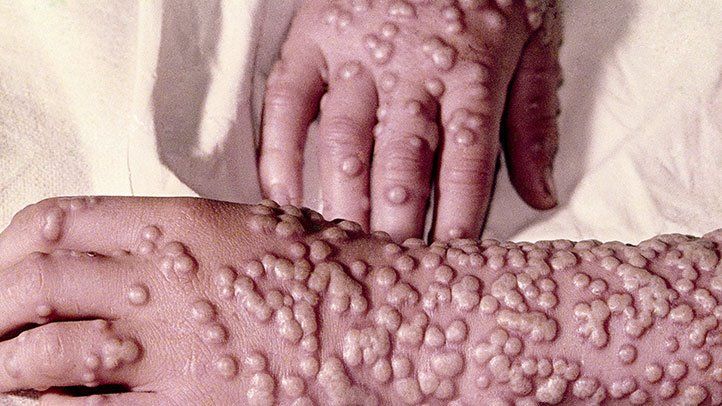The most contagious diseases are typically caused by viruses and bacteria that spread easily from person to person through respiratory droplets, direct contact, or contaminated surfaces. Here are some of the most contagious diseases:
Viral Diseases:
- Measles – One of the most contagious diseases, with a reproduction number (R₀) of 12-18, meaning one infected person can spread it to 12-18 others. It spreads through respiratory droplets and can linger in the air for hours.
- Chickenpox (Varicella) – Highly contagious, spreads via respiratory droplets or direct contact with skin lesions.
- Influenza (Flu) – Spreads through respiratory droplets and contaminated surfaces, causing seasonal outbreaks.
- COVID-19 (SARS-CoV-2) – Spreads via respiratory droplets, aerosols, and surfaces, with varying contagiousness depending on the variant.
- Norovirus – A leading cause of gastroenteritis, spreads through contaminated food, surfaces, and direct contact. Extremely contagious, requiring only a few virus particles to infect someone.
- Mumps – A viral infection that spreads through saliva and respiratory droplets, causing swelling of salivary glands.
- Rubella (German Measles) – Spread through respiratory droplets, often mild but dangerous for pregnant women.
- Common Cold (Rhinovirus, Coronavirus, etc.) – Highly contagious and spreads through direct contact and airborne particles.
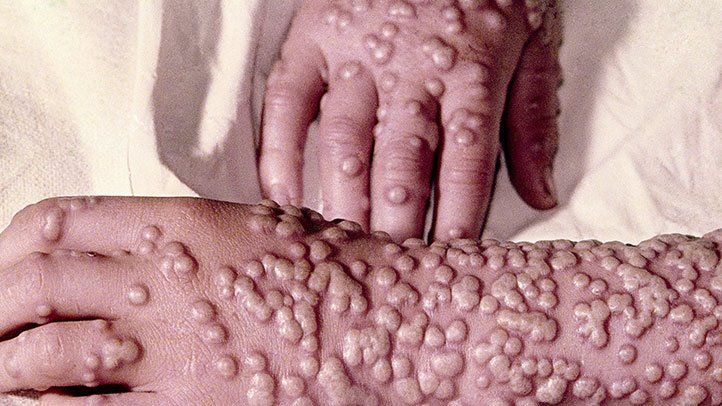

Bacterial Diseases:
- Tuberculosis (TB) – Airborne disease caused by Mycobacterium tuberculosis, spreading through prolonged exposure to infected droplets.
- Pertussis (Whooping Cough) – Caused by Bordetella pertussis, spreads through respiratory droplets and is highly contagious, especially in infants.
- Strep Throat (Group A Streptococcus) – Spreads through respiratory droplets and direct contact។
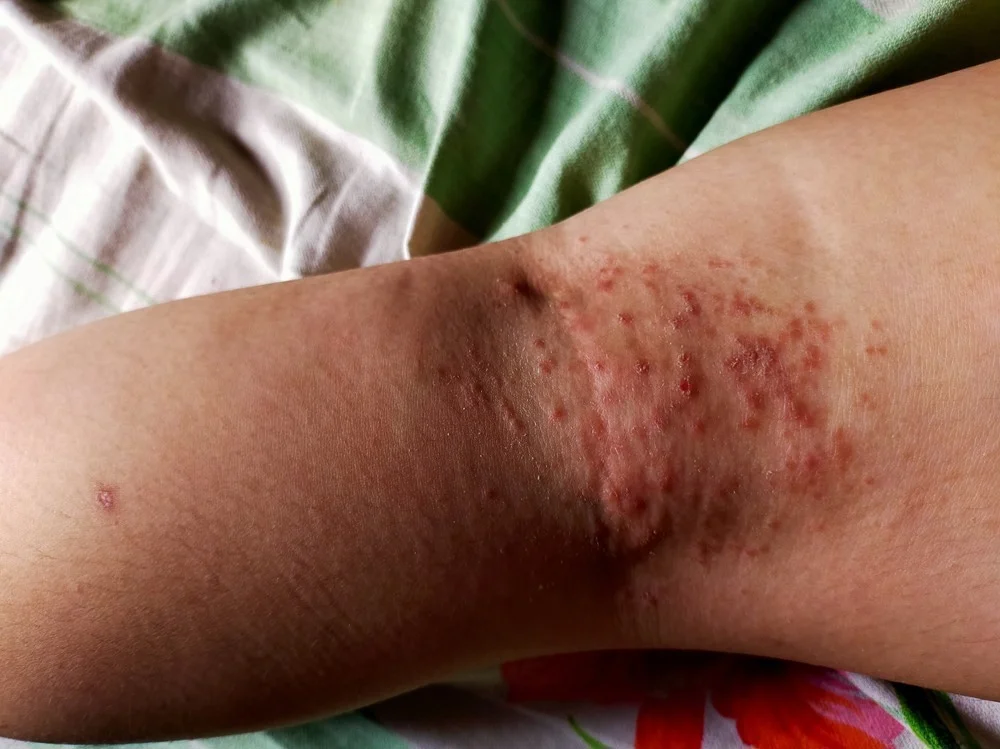
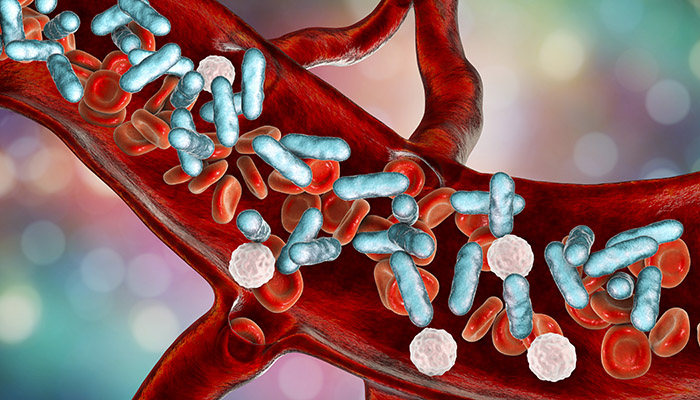
Preventing infectious diseases requires a combination of vaccination, hygiene, and public health measures. Here’s how to prevent the most contagious diseases:
1. Vaccination (Best Prevention Method)
Many highly contagious diseases can be prevented through vaccination, which builds immunity and reduces outbreaks:
- Measles, Mumps, and Rubella (MMR vaccine) – Protects against measles, mumps, and rubella.
- Varicella vaccine – Prevents chickenpox.
- Influenza vaccine – Annual flu shots help prevent severe cases.
- COVID-19 vaccine – Reduces risk of infection and severe illness.
- Pertussis vaccine (DTaP/Tdap) – Protects against whooping cough.
- Tuberculosis (BCG vaccine) – Used in high-risk areas to prevent severe TB in children.
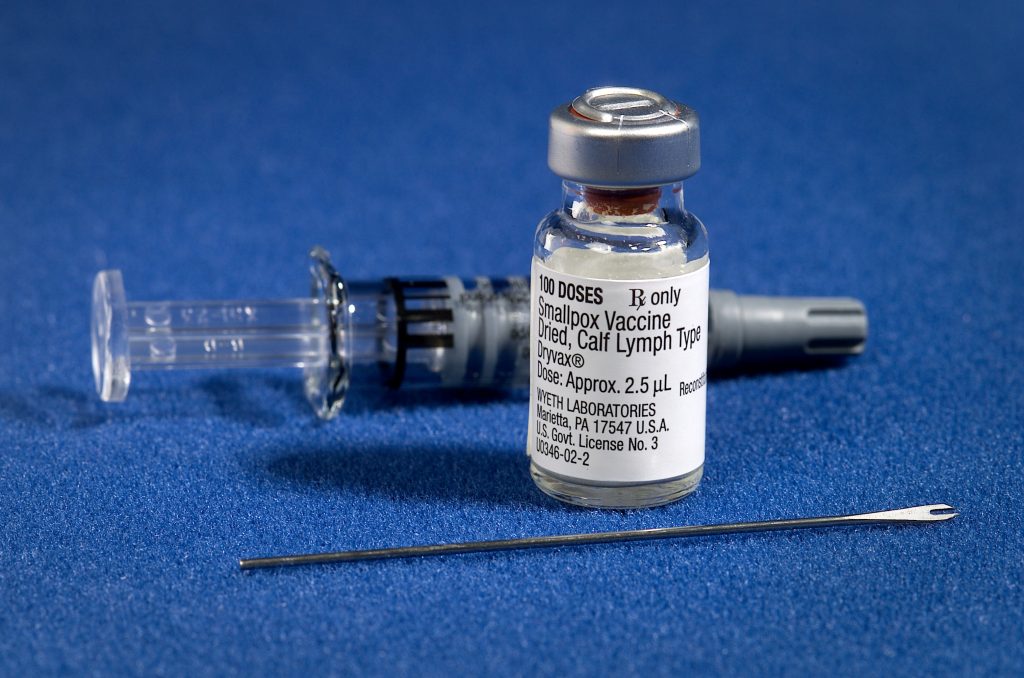 2. Hygiene and Personal Protection
2. Hygiene and Personal Protection
- Handwashing – Wash hands frequently with soap and water for at least 20 seconds. Use hand sanitizer if soap isn’t available.
- Respiratory etiquette – Cover mouth and nose with a tissue or elbow when coughing/sneezing. Dispose of tissues properly.
- Avoid touching face – Viruses spread through mucous membranes in the eyes, nose, and mouth.
- Disinfection – Clean and disinfect frequently touched surfaces like doorknobs, light switches, and phones.
3. Avoiding Exposure
- Social distancing – Stay away from sick individuals, especially in high-risk outbreaks.
- Stay home when sick – Reduces transmission to others.
- Use masks when necessary – Masks help prevent respiratory droplet spread, especially for flu and COVID-19.
4. Food and Water Safety
- For norovirus and other gastroenteritis-causing diseases:
- Wash hands before eating and after using the restroom.
- Avoid consuming contaminated food and water.
- Properly cook and store food.

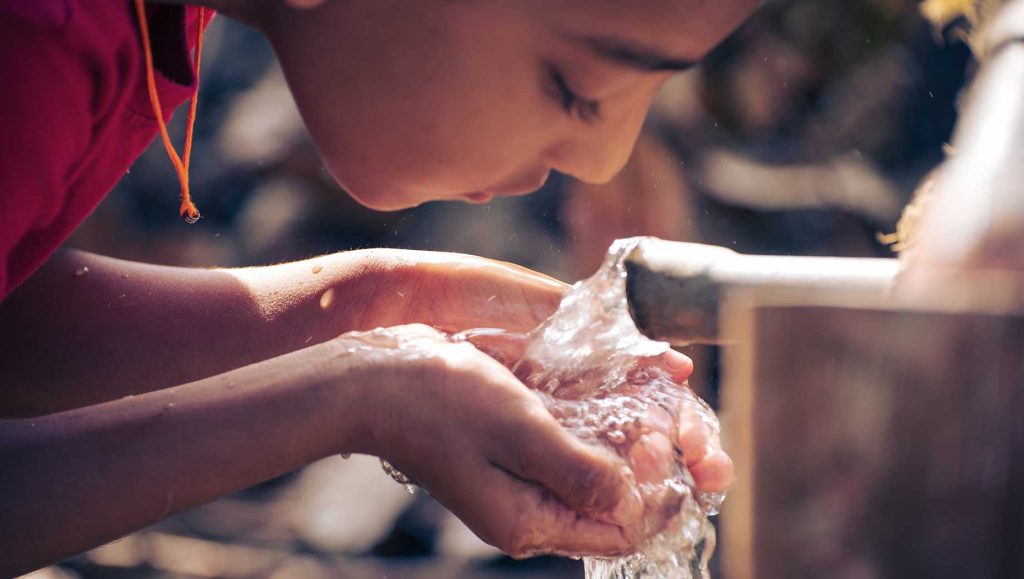
5. Public Health Measures
- Quarantine and Isolation – Used to prevent the spread of highly contagious diseases.
- Contact tracing – Helps identify and contain outbreaks.
- Air ventilation – Good airflow indoors reduces airborne transmission risks.
Watch more videos :
